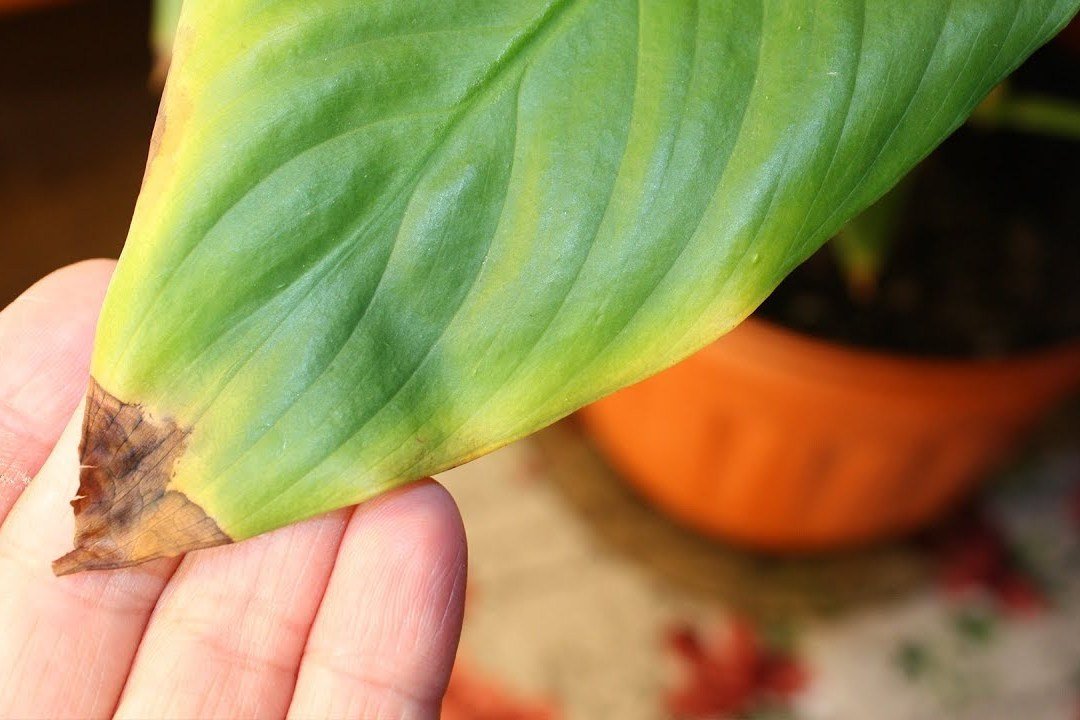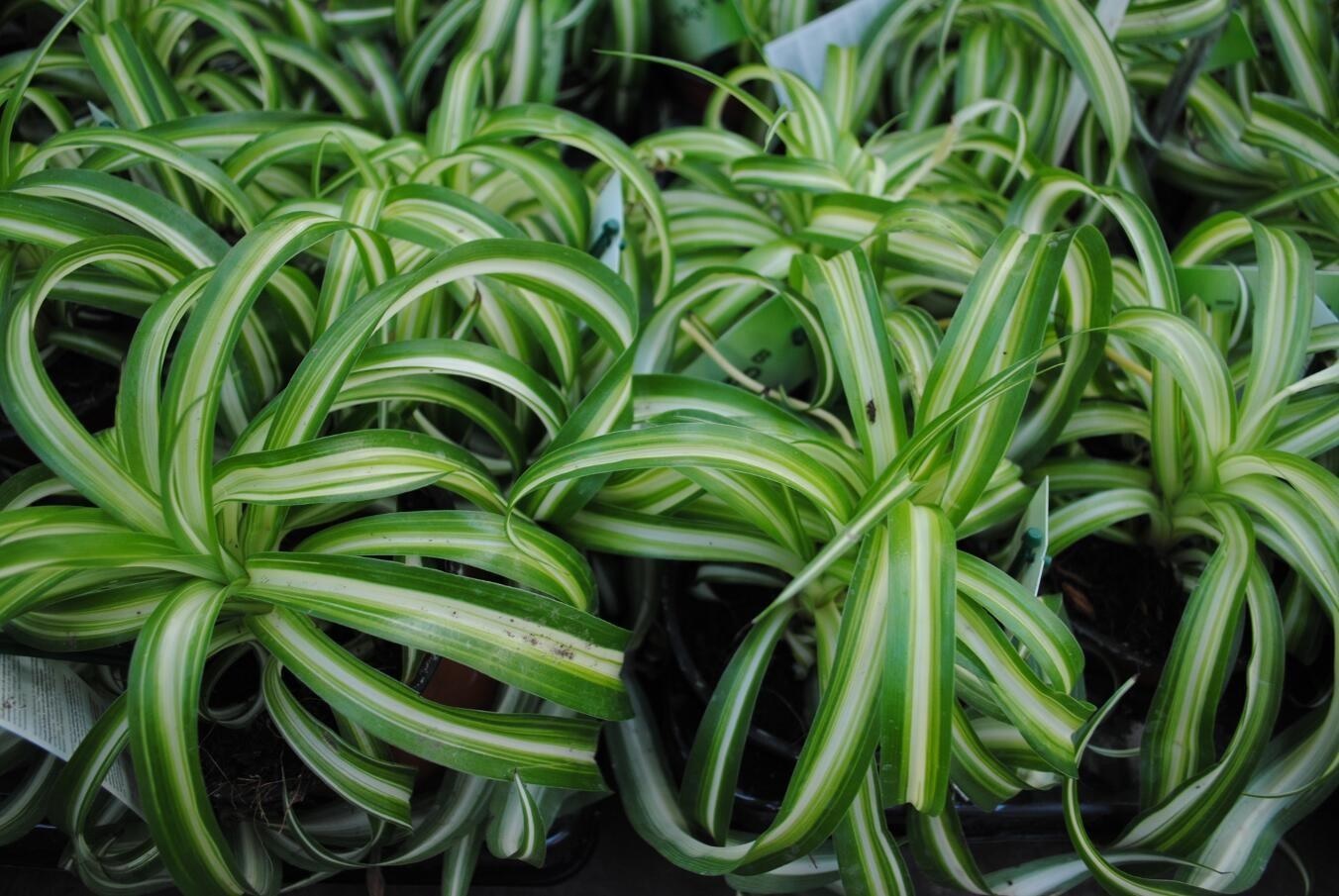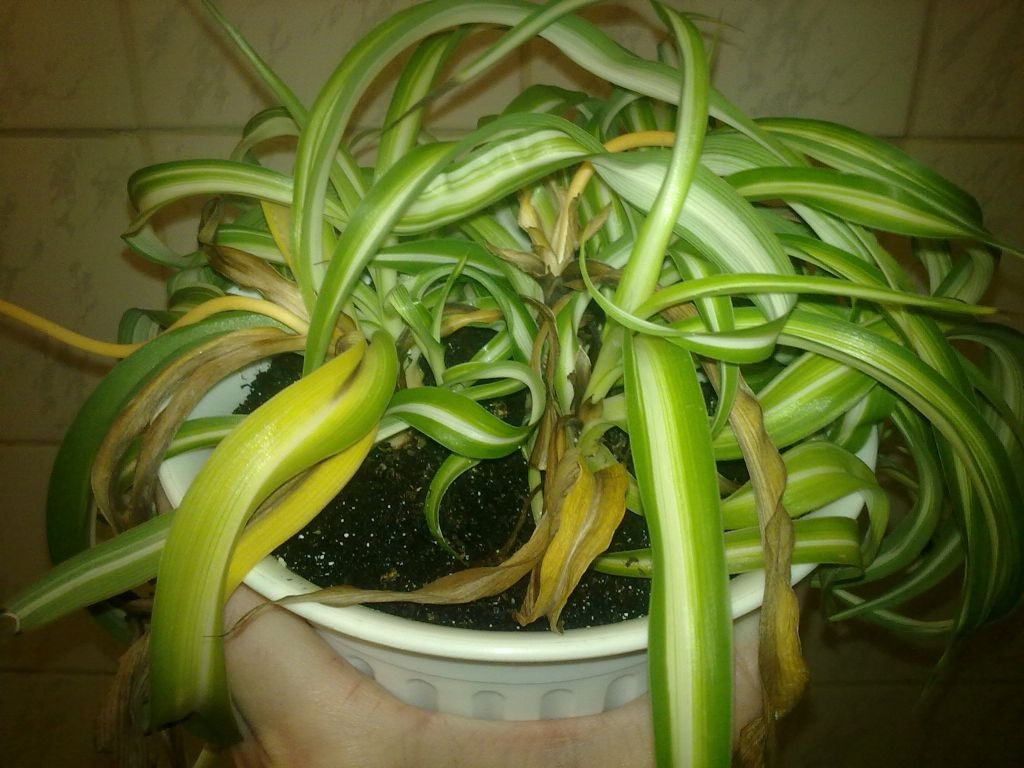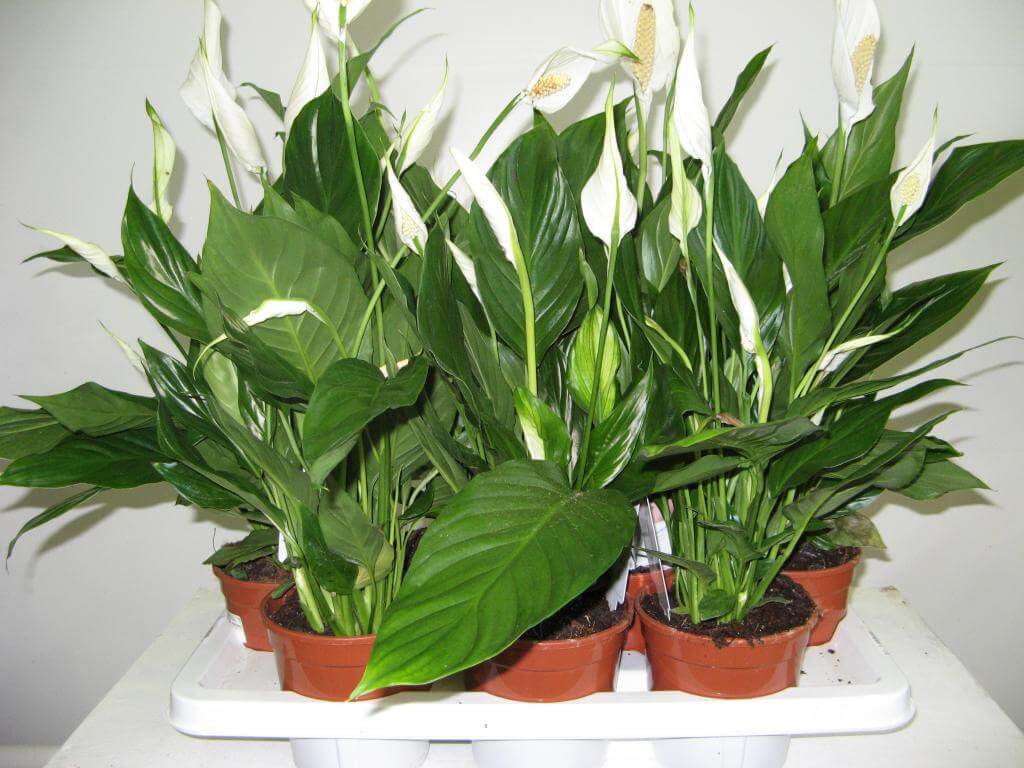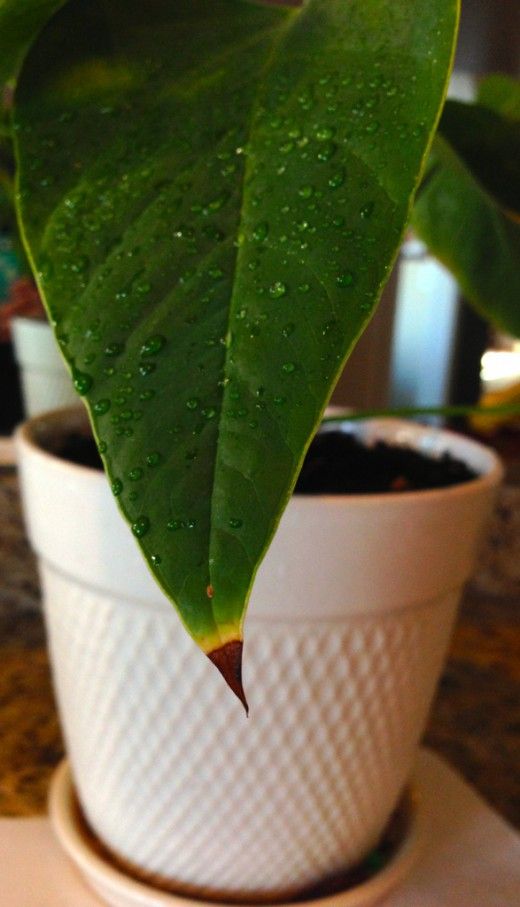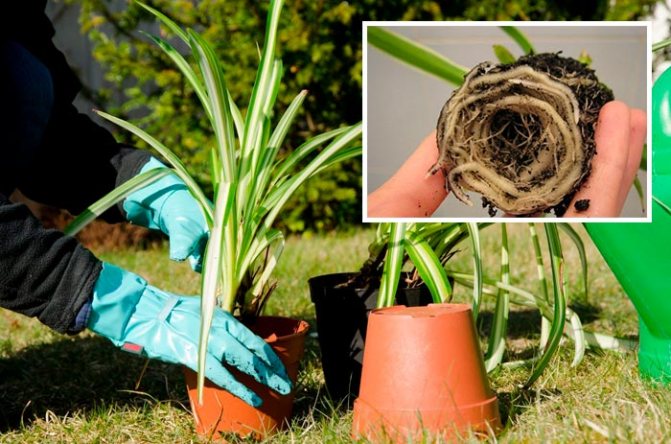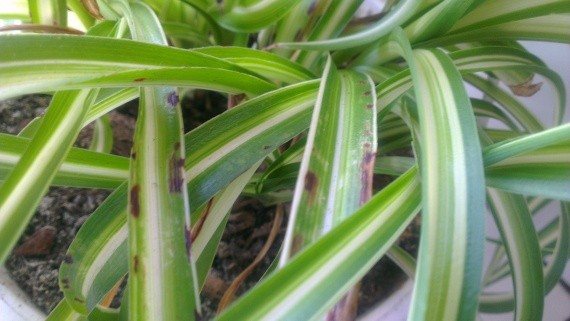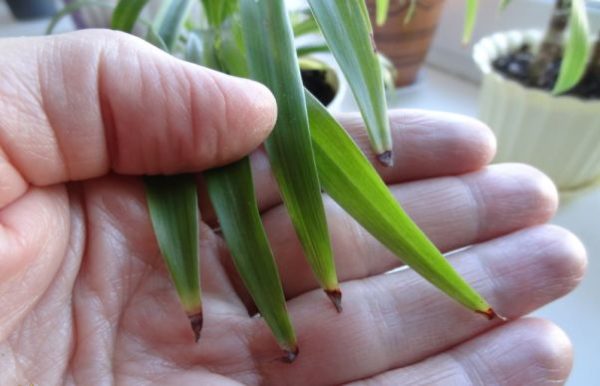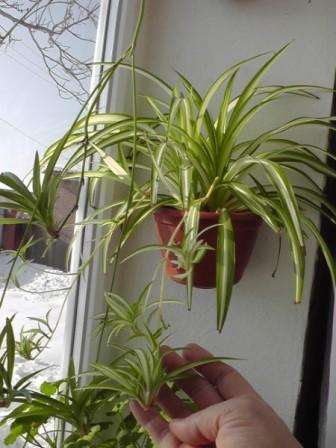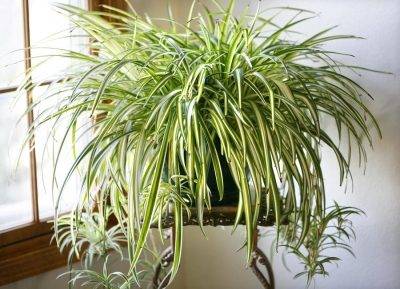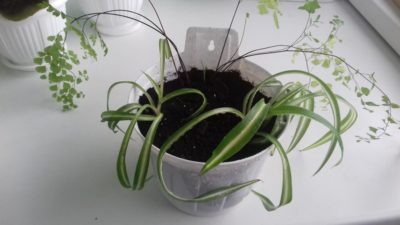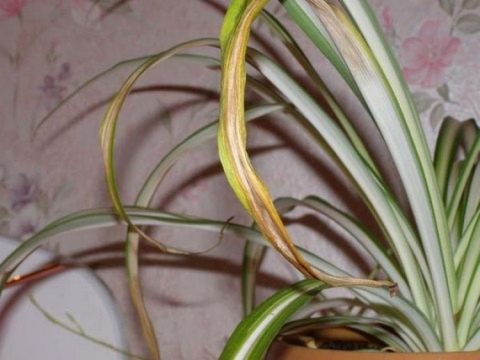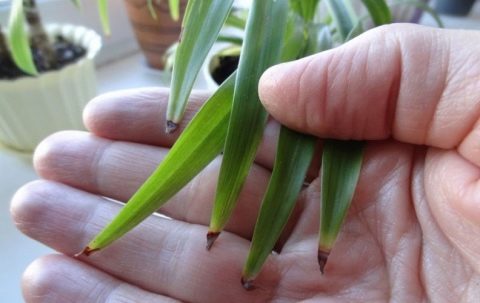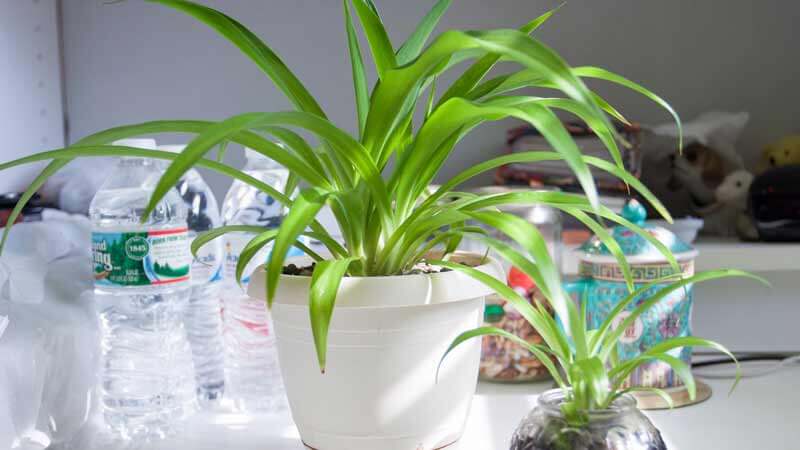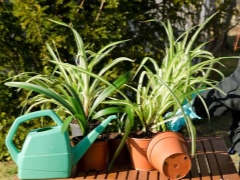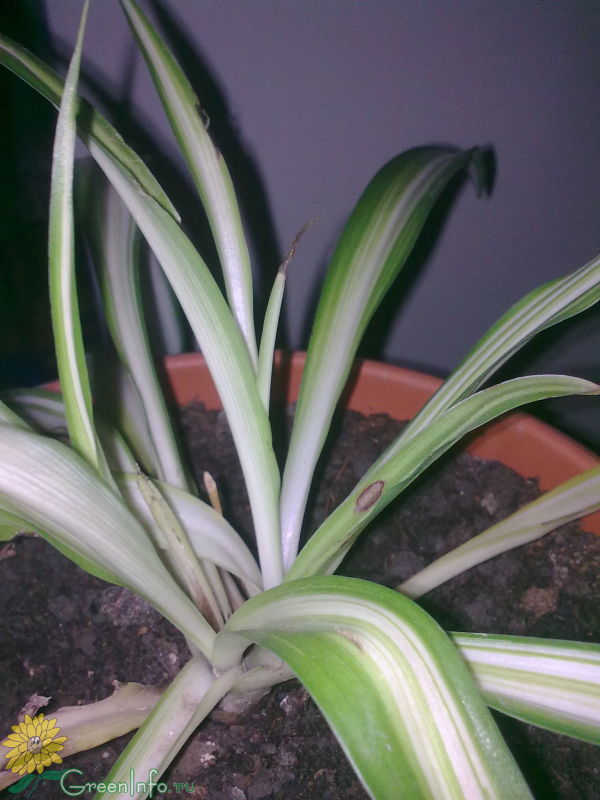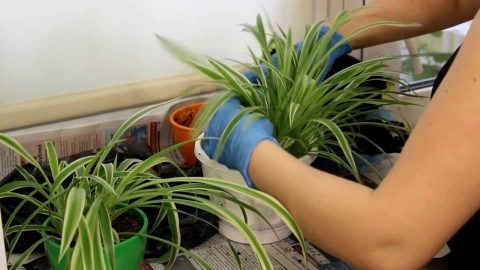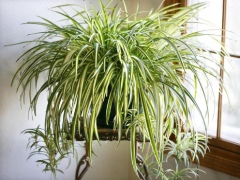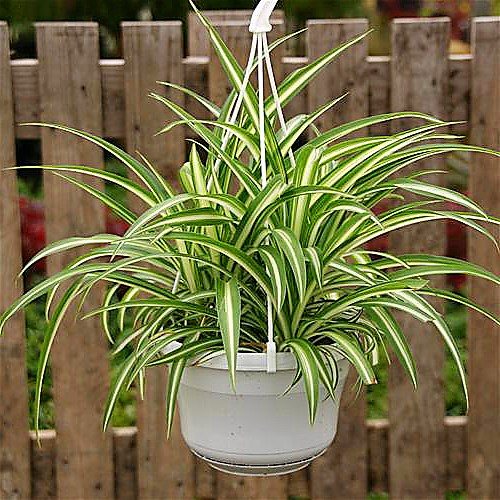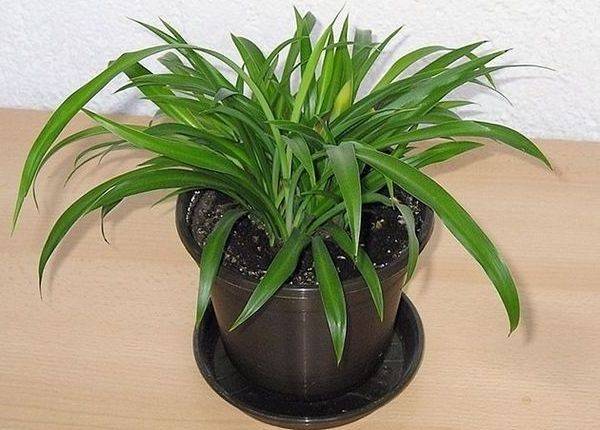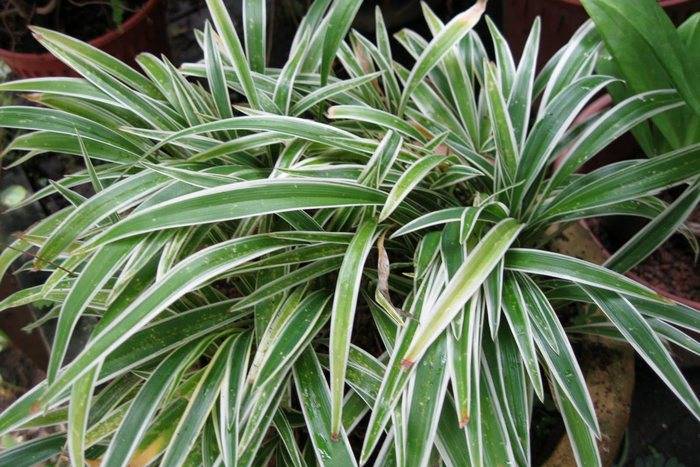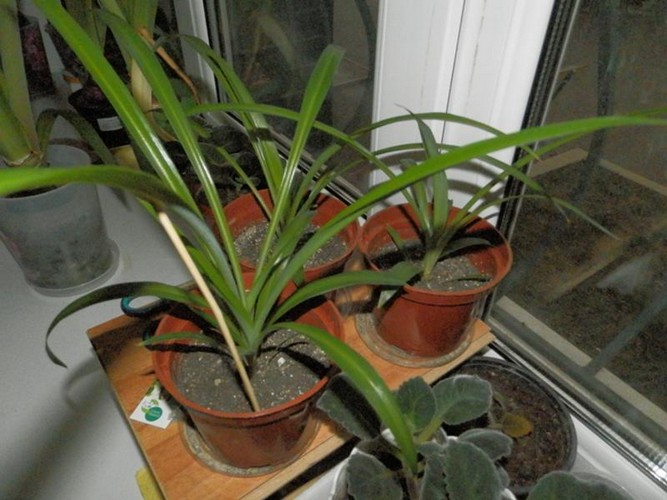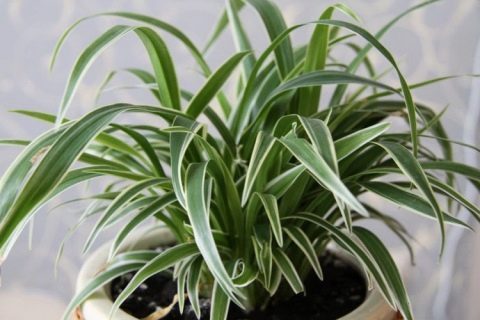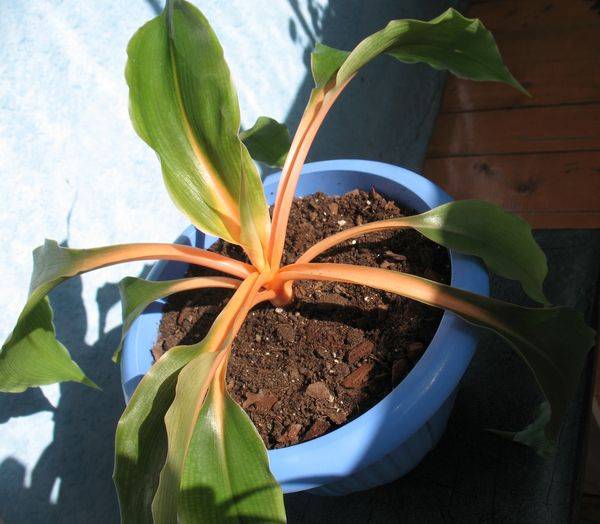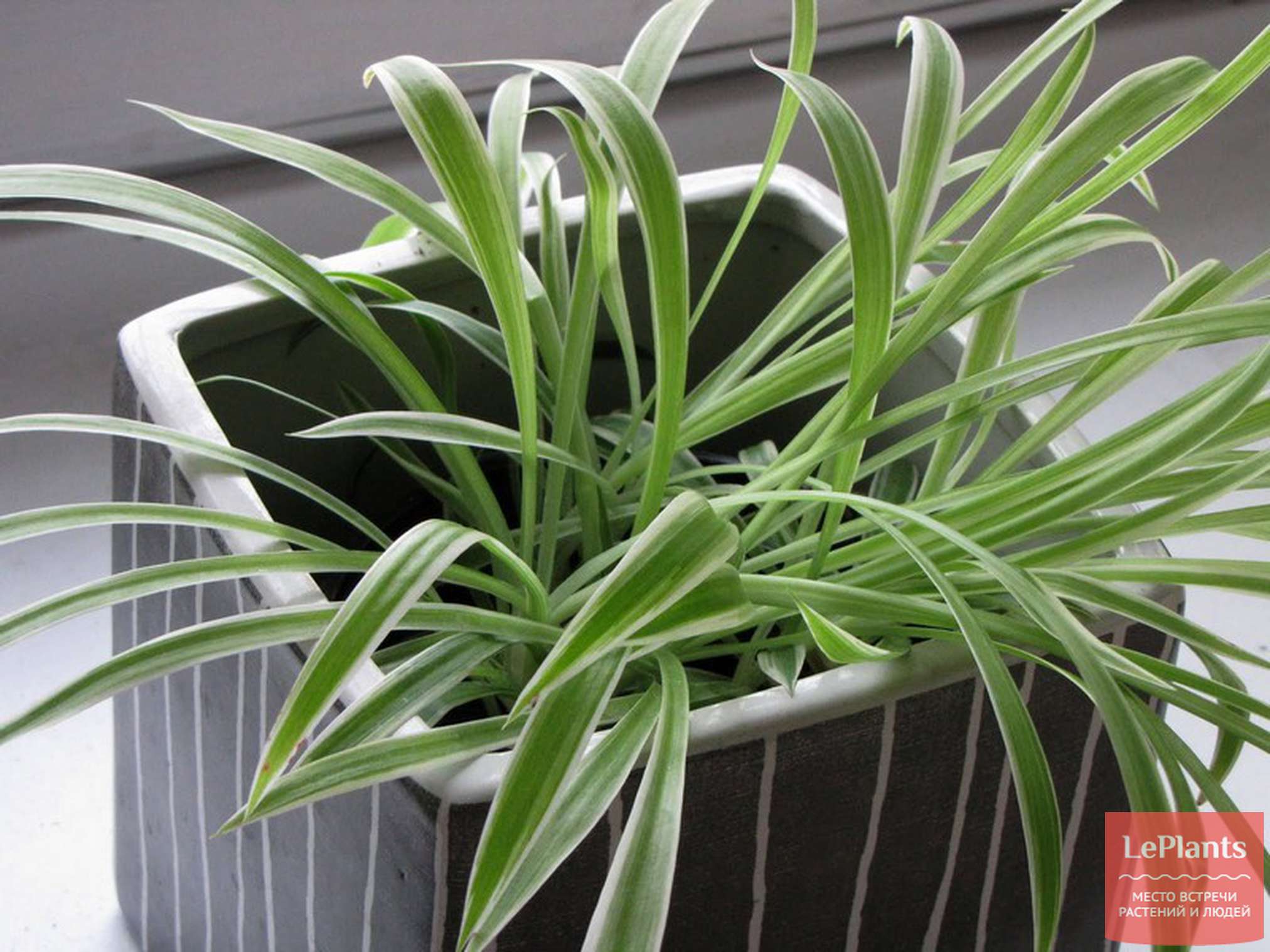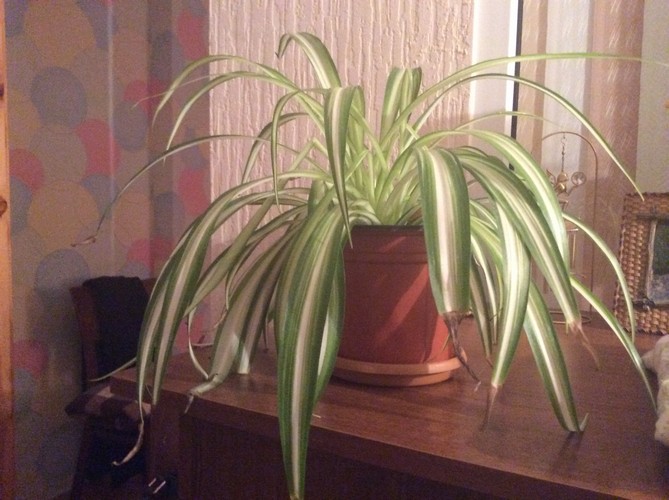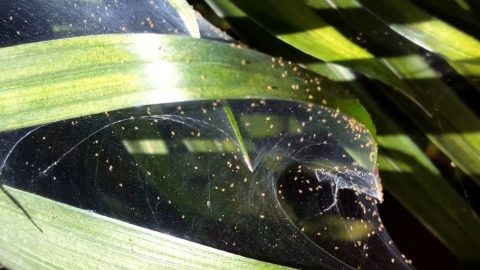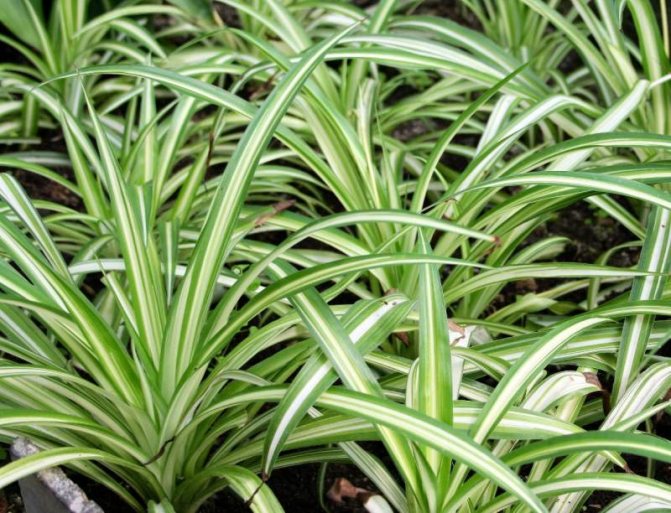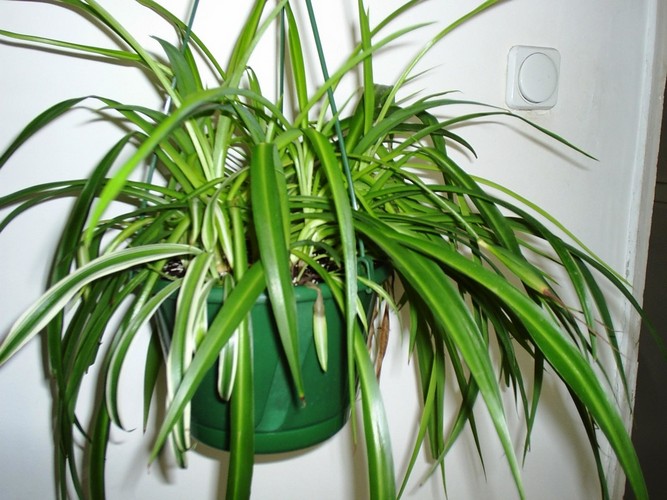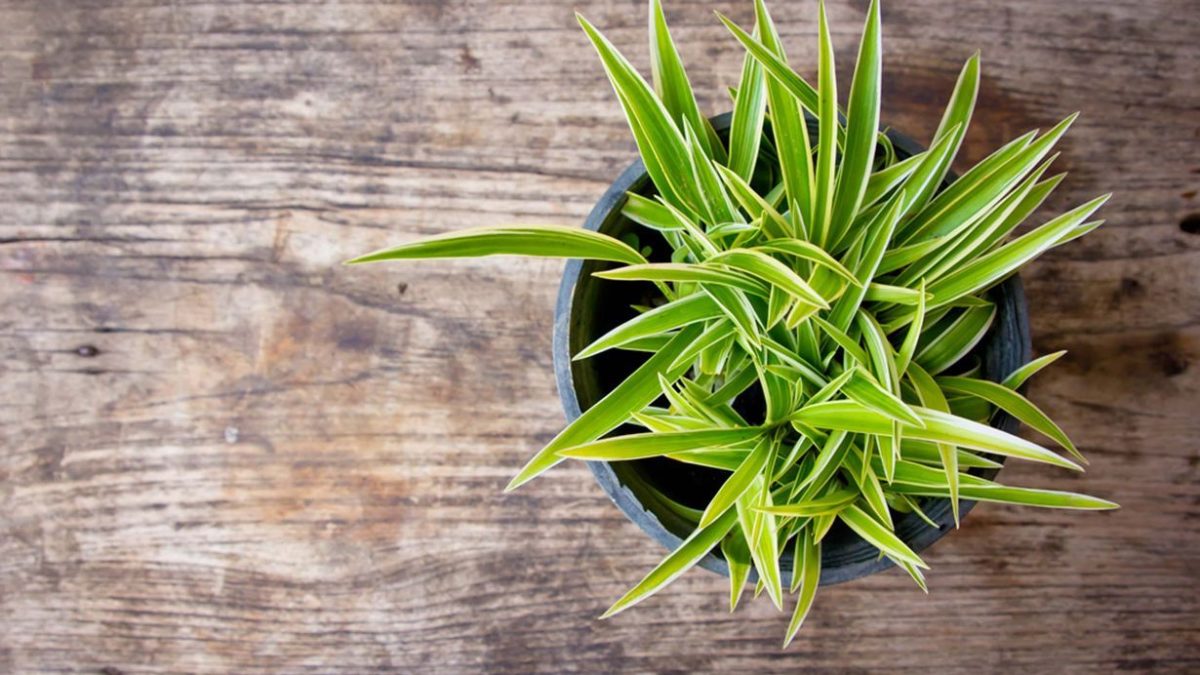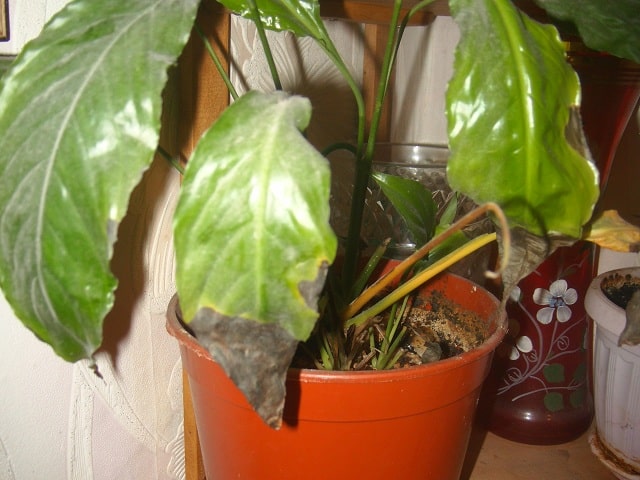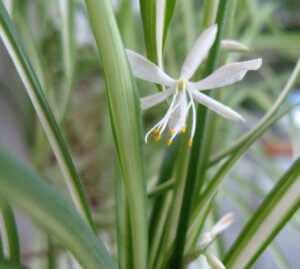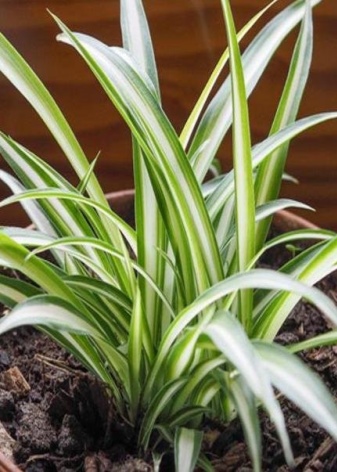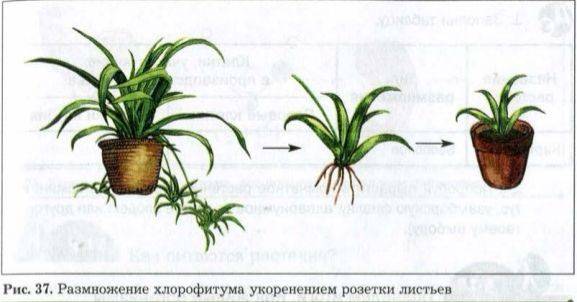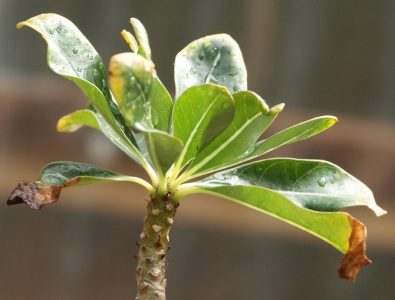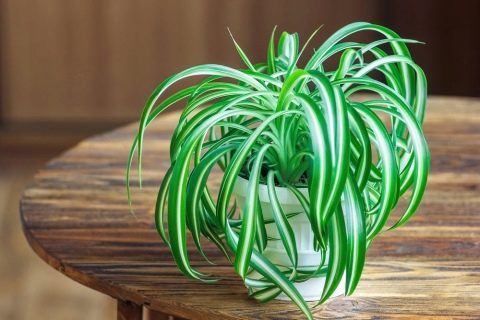Why do spathiphyllum leaves darken
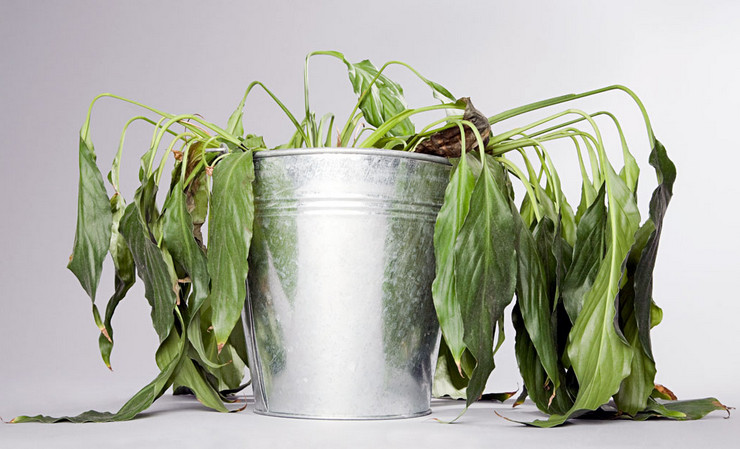
Dry air or low humidity
Spathiphyllum tolerates dry indoor air very painfully. The tips of the leaves begin to dry out under such conditions and gradually change color to dark. The appearance of the plant gives a signal that urgent moisture is needed in the form of spraying from a sprayer. A tropical plant in indoor conditions requires a moderately humid environment.
It is important to take into account in such "water procedures" the air temperature in the room. In cool conditions, over-spraying can lead to the death of the root of the plant.
Lack of fertilizers and nutrients in the soil
Blackened tips of spathiphyllum leaves can signal a lack of nutrition and feeding. The required quality and quantity of fertilizers will help solve this problem. In the period from March to September, the houseplant is fed three to four times a month, and in the remaining months (and especially during the dormant period) once every thirty days will be enough. The top dressing should contain all the necessary nutrients for flowering indoor plants.
Oversupply of fertilizers
A large number of dressings and their frequent application to the soil, as well as an overabundance of certain nutrients, will only bring a negative result. When dry tips appear on the leaves, the frequency of fertilizing should be reduced, and the composition of the fertilizer should be revised. Excess mineral substances, for example, a houseplant, harm and spoil its external indicators. As a saving measure, it is necessary to urgently rid the flower of all damaged leaves, and temporarily suspend the feeding. The indoor flower will gradually recover.
Irrigation water quality and its volumes during irrigation
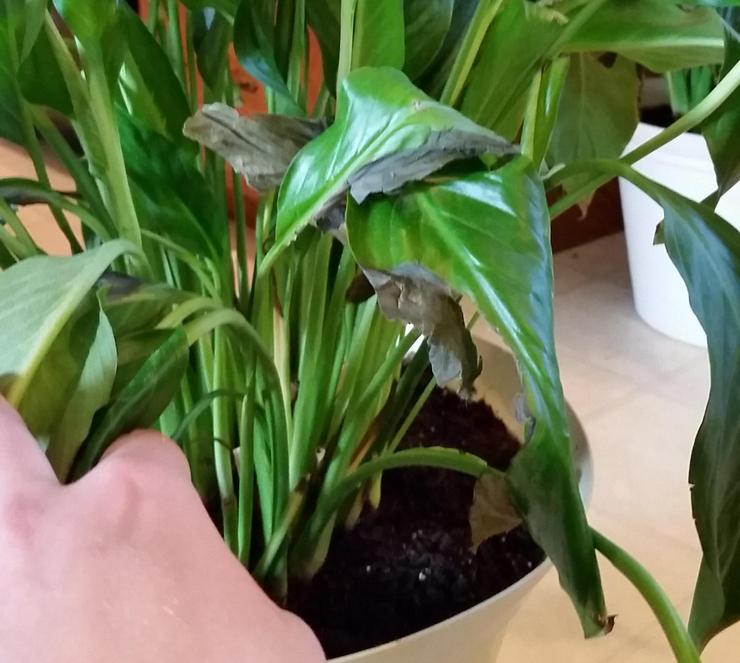
Water for irrigation of spathiphyllum should be used only at room temperature and must be settled. Not only the state of the leaves depends on the softness of the water, but also the full development of the entire indoor flower.
Irrigation water volumes are also important. An excess of water leads to its stagnation in the soil and decay of the roots. The next watering of the plant is recommended only after the top layer of the soil has completely dried. After 1.5-2 hours after watering the plant, it is necessary to drain the excess water from the flower tray.
Lack or overabundance of sunlight and the choice of growing location
An unfavorable effect on the plant, and as a result, blackening of the leaves, has the wrong choice of place for placing an indoor flower. The optimal place for spathiphyllum is a windowsill on either side of the house, except for the north. Direct sunlight and poor lighting adversely affect the decorative qualities of the pet. It is necessary to protect it from sunburn, and in the autumn-winter period, use additional illumination with fluorescent lamps.
Insufficient number of "water treatments"
The foliage receives the necessary amount of moisture with regular and abundant spraying during the warm summer months, and especially in hot weather. From such weekly bathing, the flower "female happiness" will look healthy and attractive.
Pests
Chlorophytum is rarely attacked by pests, but such a situation is not excluded. It is better to know the enemy by sight in order to save your flower from death in time. Most often, the plant is damaged by the scale insect, spider mite and thrips.
Shield.The wax body of this insect is firmly attached to the inner side of the leaves and drinks the cell sap. As a result, the plant turns yellow, withers, its leaves fall off.
To destroy the pest, the leaf plates are first wiped with a sponge dipped in a concentrated solution of ordinary laundry soap, after which the flower is treated with any insecticidal solution.
Spider mite. The appearance of this parasite provokes excessively dry air in the room. Signs of damage are the cobweb on the stems and leaves of the flower, along which the tick moves.
The insect feeds on cell sap, the leaf plates quickly wither, lose color, and fall off. An insecticidal solution will help in the fight against mites. Spraying is recommended to be repeated after 4-5 days to completely eliminate the pest.
IMPORTANT! The spider mite is one of the most dangerous insects. Reproducing at a tremendous speed, it can completely destroy the plant in a very short time.
Thrips.
Small insect. Usually infects the inner surface of the leaves, eating away their flesh. White spots first appear on the surface of the leaf plates, which dry out over time, turn brown, and subsequently holes form in their place. Thrips are destroyed by spraying the flower with any insecticidal solution.
It is enough to give your green pet a little caring attention, and you will never have to face the problems described in this article.
- Read more about unpretentious and fast growing indoor plants:
- Tradescantia. This plant requires minimal maintenance and is very effective. It grows quickly, multiplies easily, and even possesses medicinal properties. Namely - it filters and humidifies the air in the room.
When properly maintained, it is not prone to disease. It can be affected by pests, again with insufficient care.
- Reo. Another plant that has firmly and reliably taken its place among indoor plants.
Wild species are used to obtain juice, which is used in medicine. Indoor varieties are distinguished by the original color of the leaves, they love light, moist air and additional feeding. With good care, it blooms several times a year. When propagated by seeds, the original color of the leaves is lost.
- Ivy. It is very popular and widespread due to its unpretentiousness and rapid growth. In the 19th century, ivy even became a living adornment of the outfits of Parisian fashionistas. Nowadays, it is grown everywhere in homes and offices.
Loves light and warmth, does not accept excess fertilizer. There are many rumors around this plant, magical properties are even attributed to it, and not always positive, but ... they continue to grow in their apartments.
If you find an error, please select a piece of text and press Ctrl + Enter.
Roots rot
Due to excess moisture and very heavy soil, the roots can begin to die. Most often, the phenomenon is noticeable in winter. The appearance of rot on the roots becomes noticeable only after it begins to develop on the aerial part. The leaves begin to turn yellow, become covered with spots, as a result, they completely turn black and rot.
The condition is detrimental to the plant, so measures must be taken immediately. The infected bush will die immediately if left untreated. The situation can be corrected only by cuttings. The bush itself cannot be completely saved.
Wrinkled trunk
Such a phenomenon as a drying out trunk is very dangerous. Chlorophytum can die completely. Pest infestation does not cause such a symptom. The trunk usually begins to wrinkle due to a lack of moisture or lighting. It is recommended to transplant chlorophytum into softer soil that absorbs moisture better, and to spray regularly.
Stem rot
Not only the roots of a plant can turn black, but also its stems. If dark spots are found on the leaves, this may indicate a violation of watering rules
It is important to reduce the volume of water during winter. It is necessary to give the plant a rest, water only as the soil dries out completely.
Important! If you properly care for the plant in winter, then in the spring it will delight you with wonderful flowering. Stems rot due to improper watering
Stems rot due to improper watering
Asking why chlorophytum does not start up arrows, does not grow, black dots form on the leaves, you need to check if the plant is infected with pests. Diseases and pests of chlorophytum are rare, but you need to know about them in order to have time to take action, since the affected plant can quickly turn yellow and dry.
The most dangerous for a flower:
- thrips;
- spider mite;
- shield.
Insects can be found if you carefully examine the ground part. It is the external signs that help determine which pest attacked the flower. After that, you can decide on the measures of struggle.
Important! You need to look for ways that can be done against pests as early as possible, before they actively breed. If there are a lot of them, insects can completely destroy chlorophytum.
You can determine the type of pest by the following criteria:
- A gray bloom in the form of cotton wool appeared - a mealybug.
- Dryness and yellow spots indicate that thrips have appeared.
- Leaves curl and deform due to the reproduction of aphids.
- If the flower is attacked by a scale insect, pale leaves with dark spots can be seen.
It is easy to detect damage to a flower with a scabbard.
To destroy the scabbard on your own at home, you must first wipe the leaves with a sponge dipped in a solution of water and laundry soap. After that, you can carry out the treatment with any remedy for parasites.
One of the most dangerous pests is the spider mite. It appears due to too dry air. The tick feeds on the sap of the cells, because of this, the leaves begin to wither. To get rid of the pest, it is necessary to spray 4-5 times a day with an insecticidal solution.
Chlorophytum care at home requires enhanced. If the leaves turn yellow, you can find out what to do by determining the cause. Compliance with the rules of maintenance will help to grow a beautiful flower that will delight with its flowering.
Root rot - causes of leaf blackening
Chlorophytum rhizome can suffer from excessive moisture, heavy soil. The plant often suffers in the winter, under the influence of cold air and dampness. A decrease in ambient temperature implies a decrease in humidity.
The appearance of root rot is at first imperceptible, later the symptoms affect the aerial part. Leaves first turn yellow, become stained, can completely blacken and rot. Measures should be taken immediately, since the condition is dangerous for an indoor flower. A bush infected with diseases can quickly die. For this reason, yellowing in winter requires urgent treatment.
Leaf tips dry out due to improper watering
Leaves will dry out if watered too much. Excessive watering provokes soil acidification, which leads to root rot. If you continue this process, the flower will die.
The appearance of brown spots along the edges of the leaves is called necrosis. With this disease, tissues partially die off. This phenomenon occurs because some of the roots are dying. For this reason, the flower ceases to receive the substances required for development.
Arid spots on the edge, which appeared due to rotting of the rhizome, are much darker than those spots that are associated with insufficient watering and low humidity. In the latter case, these will be bright yellow or light stripes.
Abundant watering as a cause of drying
Necrosis at the edge of the leaves is associated with improper watering. The soil in the pot does not have time to dry out, the air does not fit the roots, which is why putrefactive microorganisms begin to multiply.This condition is aggravated by the cool air temperature, as well as the location of the pot in a cold place.
In the warm summer season, abundant watering is required for many species. However, when it becomes cold in autumn and winter, watering the flowers should be done less frequently so that the roots do not rot and, as a result, dry out.
Also, the problem can arise if you fertilize too much. Most flowers stop growing actively in autumn and winter, so they need much less additional feeding.
Note! If you continue to fertilize, then the earth will acidify and saline, which will greatly affect the roots. In a situation where the flower needs to be watered all year round, it is worth creating warm conditions, preventing the ground from cooling and the presence of drafts.
Problems from improper care
- drying out of the soil and low air humidity becomes cause of drying out
... They begin to dry at the same time, although such symptoms are not dangerous for the plant. They take care of an increase in the level of humidity: spray with settled warm water and set a container with peat or wet sphagnum moss near the pot; - waterlogging of the soil provokes the formation of a large number of leaves and children affected different types of spotting
... The leaves are brownish and painful. To eliminate the problem, reduce watering; - nutritional deficiency affects the state of the leaves, they turn pale and lose turgor
... Fertilizers are applied once every two weeks, alternating between mineral complexes and organic matter; - an excess of fertilizers leads to the fact that the flower begins to "fatten" and is exposed to diseases. When feeding, observe the concentration indicated on the package;
Irregular replanting causes the plant to split the pot. The signal for transplanting is a slowdown in flower growth, and bulging roots on the ground surface
.
Therefore, as it grows, a larger pot is selected with a soil replacement, transplanted in late February - early March;
Lack of lighting provokes leaf fall, so the pot is placed in a sunny place with an air temperature of 22-23 ° C. In winter, they are installed near fluorescent lamps.
Drying of leaf tips in chlorophytum does not harm life
plants. The danger comes from being affected by root rot or thrips. All other omissions in caring for a green pet are easily eliminated, and then the plant will delight for many years!
Which is very popular among amateur flower growers. It gained such popularity due to its ease of care and beautiful appearance. However, flower growers often cannot understand why the tips of the leaves of chlorophytum dry up. Let's take a look at this issue.
In order for the flower to always remain fresh and healthy, it is necessary to provide it with the minimum conditions for growth. Lighting and air humidity deserve special attention.
Illumination.
Chlorophytum is a light-loving plant, and it will feel quite comfortable in a room with sufficient light. However, it is worth considering that it is recommended to provide diffused light for it, otherwise direct sunlight, acting on chlorophytum, will lead to sunburn, as a result of which the leaves will begin to dry at the edges. The problem is solved quite easily - it is necessary to place the plant in a place so that sunlight does not fall on it.
Important!
Insufficient lighting can also cause the flower to turn yellow. If you are unable to place it in a room with natural light, arrange artificial light sources for chlorophytum. Humidity.
This indicator has a strong effect on the appearance.Chlorophytum is difficult to tolerate extreme heat, so an environment with low humidity is not suitable for it.
If the air in the apartment is dry, the tips of the plant also begin to dry out. To prevent this, the flower is regularly sprayed.In case the leaves are already dry, spraying with water will help restore their former beauty.
Humidity.
This indicator has a strong effect on the appearance. Chlorophytum is difficult to tolerate extreme heat, so an environment with low humidity is not suitable for it. If the air in the apartment is dry, the tips of the plant also begin to dry out. To prevent this, the flower is regularly sprayed. In case the leaves are already dry, spraying with water will help restore their former beauty.
8 Aloe
Aloe is a succulent plant that is famous for its vitality and unpretentiousness. It is native to South Africa, prefers a warm and dry climate, tolerates heat well, but not in high humidity conditions. In nature, aloe is forced to develop a powerful root system in order to extract scarce moisture from the soil. At home, the flower feels good with an abundance of light, in a spacious pot filled with soil for succulents with a high content of sand.
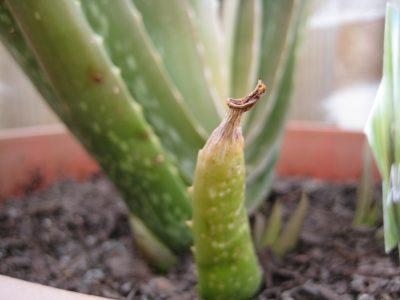
The reasons for the appearance of dry leaf tips in aloe:
- 1. A cramped pot. Aloe roots grow rapidly and intensively, filling all the free space. Taking it out of the pot, you will find that the soil is almost completely displaced. In this case, the tips of the leaves dry out due to lack of nutrition. Therefore, the flower requires frequent transplants.
- 2. Unsuitable soil. Aloe prefers poor sandy soils, and clay, heavy soil is not suitable for him. It retains moisture, which is detrimental to the well-being of the aloe.
- 3. Excessive watering. In conditions of an excess of water, the roots of aloe begin to rot and die off. This can lead to quite serious consequences, up to the death of the entire plant.
- 4. Overdrying. Many people know about the love of aloe for dry conditions, so they water it too rarely, but this is also a mistake. If the plant lacks moisture, the leaves dry out, starting from the ends, reddening and curling.
- 5. Lack of light. The plant additionally signals this with pale, yellow-prone leaves.
- 6. Excess mineral fertilizers. In nature, aloe grows on poor sandy soils, and therefore does not need frequent feeding in the house. The abundance of trace elements does not strengthen the plant, but leads to the death of the tips.
Root rot - causes of leaf blackening
Chlorophytum rhizome can suffer from excessive moisture, heavy soil. The plant often suffers in the winter, under the influence of cold air and dampness. A decrease in ambient temperature implies a decrease in humidity.
The appearance of root rot is at first imperceptible, later the symptoms affect the aerial part.
Leaves first turn yellow, become stained, can completely blacken and rot. Measures should be taken immediately, since the condition is dangerous for an indoor flower. A bush infected with diseases can quickly die. For this reason, yellowing in winter requires urgent treatment.
Incorrect plant conditions
In addition to discoloration of the aboveground part of chlorophytum, other symptoms are often observed. For example, a flower grows poorly due to growing in a small pot and a lack of essential nutrients. The tips of the leaves darken with insufficient watering, kept in a room with dry air, and no spraying.
In some cases, spots can cover the entire surface of the leaf, which often occurs with diseases, damage to the root system.
Under what environmental conditions do leaf plates of chlorophytum turn yellow:
- lack or excess of water in the ground and air;
- temperature violations;
- prolonged exposure to direct sunlight;
- lack of light;
- nutritional deficiencies;
- drafts;
- lack of fresh air;
- infections and insects.
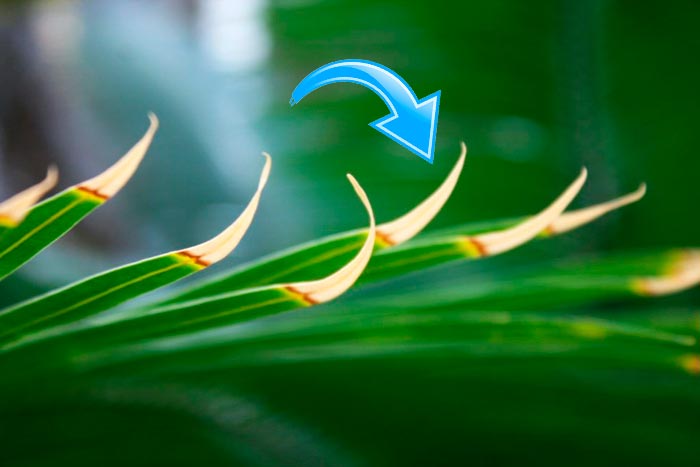
How to save chlorophytum from decay
Noticing signs of damage to the root system, you must immediately take action. Chemical treatment will not have the proper effect if the roots are damaged.For this reason it is necessary to transplant into a fresh disinfected soil substrate
... Usually, the procedure for chlorophytum is done by the transshipment method, but in this case it is necessary to free the rhizome from the ground and cut off all damaged areas, capturing some healthy tissue.
If the root system is completely rotted, it will not be possible to save the bush.
For such plants, grafting is recommended. In curly chlorophytum, children formed on the sides can be used. They take root quickly, so you can not put it in water, but immediately plant it in individual cups. If healthy tissue remains at the rhizome, then after pruning, treat with a solution of a chemical preparation, sprinkle the damaged areas with crushed activated or charcoal. Plant chlorophytum in a new pot, after removing the blackened leaves.

7 Spathiphyllum (female happiness)
Spathiphyllum naturally grows in moist swampy forests and on the edge of water bodies. At home, this flower needs a little shading. It is kept at a cool temperature and not in direct sunlight. The optimal position is on the south-west or south-east window, and the flower will be uncomfortable on the windowsills of the south windows. Spathiphyllum requires moist air; at home, this can be provided by daily spraying or placing an open container of water next to the flower.
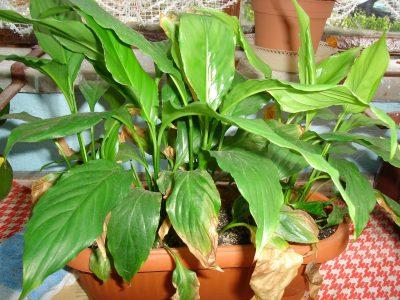
The main reason for the appearance of dry leaf tips in spathiphyllum is low air humidity and poor watering. "Women's happiness" can also suffer from excess light, especially from direct sunlight, which burns the leaves. The bright sun leads to drying out too quickly and moisture evaporation. Another common cause of a defect is drafts.
Dried ends and spots on the leaves of spathiphyllum appear from sunburn
Prevention of healthy leaves
Preventing blackness is easy. The root cause, dry air, is fought in several ways:
Place the pot in a planter that is wider in diameter. A layer of expanded clay is laid out at the bottom of the planter. During watering, excess water will drain and then evaporate, humidifying the air around the chlorophytum. For the same purpose, the space between the pot and the pots is laid with sphagnum moss;
With proper hydration, you can achieve a good result (photo)
Spray the leaves periodically with settled water. The procedure is carried out in the morning or in the evening, the spray gun is set to minimum spraying. In the summer, the bush is given a warm shower.
Use a pallet with moss, sand or expanded clay. The filler is moistened all the time so that moisture evaporates from it.
Install special humidifiers. They are useful not only for flowers, but also for humans. The spray intensity can be set on the device. The range of household appliances is wide, you can choose a humidifier for any interior.
Lay a damp sheet on a hot radiator in winter, or place a container of water on the windowsill.
Diseases and insect attacks affect the appearance of chlorophytum and other indoor flowers. Periodically, green pets are sprayed with systemic insecticides: Actellic or Aktara.
While watching the video, you will learn about the cultivation and benefits of chlorophytum.
Chlorophytum (Chlorophytum) is an evergreen bush with long saber-shaped leaves.
This flower is very popular with flower growers, as it is absolutely unpretentious and does not require painstaking care.
Like a weed, it feels good in both heat and cool. Not afraid of drafts, droughts, temperature changes.
Chlorophytum gladly absorbs tobacco smoke and various toxic compounds (formaldehyde, carbon monoxide) emitted by furniture, floor coverings and plastic panels. At the same time, the appearance of the flower does not suffer at all, because chlorophytum feeds on these harmful emissions and this is undoubtedly a useful property of the plant.
This plant is especially appreciated for its unique ability to purify and disinfect the air. With proper care, chlorophytum of any species rarely gets sick. If your pet suddenly began to turn yellow, lose the brightness of color, it is worthwhile to establish the cause of the ailment and try to help him.
We present to your attention the most interesting of them: Bamboo and Nolina.

